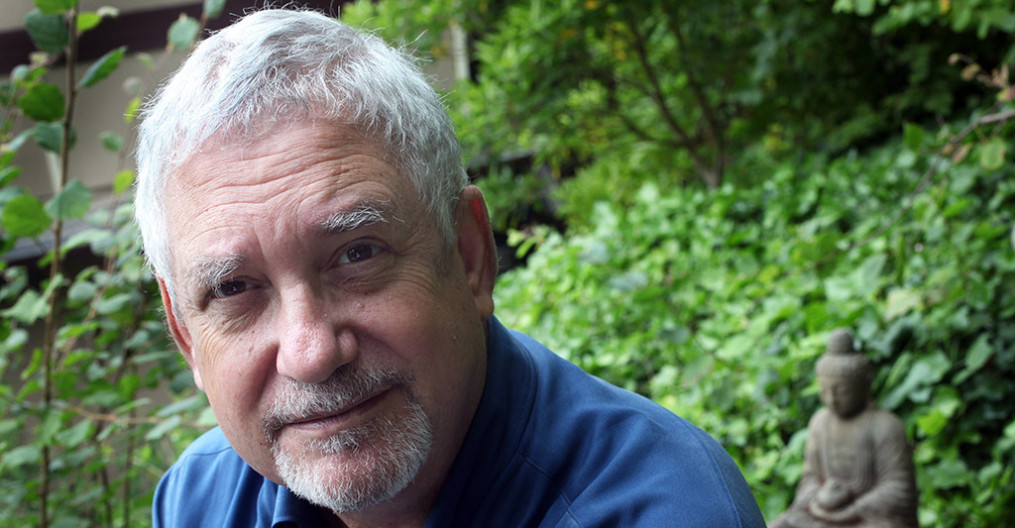These days I keep coming across articles that paint a revised and very different picture of indigenous civilizations in America than the ones we are used to or have grown up with. This latest one has to do with horses. Apparently, for centuries it has been an article of faith and historical “fact” that indigenous Americans learned about horses—how to ride them, how to raise them—from the Spanish who settled the Southwest. Now, due to a combination of high-tech analysis of horse bones combined with actually listening to the oral histories still alive and present in today’s indigenous peoples, historians understand that the horse was tamed, cultivated and cared for by indigenous societies centuries before the Europeans came.
Before this it was assumed that the horse died out on the American continent after the last Ice Age and was brought back by the Spanish, but again, this is untrue. The horse survived the ice age, and as one present-day tribal elder stated, “Our people always followed the horse.” Spectrographic analysis of ancient horse bones showed that these horses ate corn, which they could only have gotten by humans who tended them and fed them the food corn that they created by modifying an inedible wild plant. Like the bison, the horse was an intrinsic and necessary partner for indigenous peoples’ survival in the days before Europeans arrived. It allowed them to travel far and wide, and contributed to a network of trade and ritual enactment that spanned the continent. The early Spanish came up through Mexico into the Southwest, and according to the article didn’t penetrate the vast interior of the country where horse and bison flourished until much later.
The proliferation of these historical “corrections” showing up in recent news articles makes me wonder what else we think we know about ancient life in America that is now proven to be utterly wrong. I wouldn’t be surprised if most of what we think we know is wrong. Our historical knowledge was set down and written by the European conquerors. They undoubtedly never thought to ask the people who were already here what their oral histories told. Oral history has its own kind of accuracy. Think of the aboriginal peoples of Australia, whose stories and legends remember the megafauna who lived on that continent 30 or 40 thousand years ago. Today’s archeologists can dig up bones of these creatures, but the aboriginal stories remember them and aboriginal cave art painted them as they were when they were alive.
These days when I drive places I try to picture what the citified landscape I see might have looked like a few hundred years ago. The area where I live Northeast of San Francisco was settled by numerous tribes such as the Miwok and Pomo who flourished from a diet of acorns and abundant game. Streams and rivers provided fish. The county where I live—Sonoma—means “valley of the moon” in a native tongue, and there are many businesses and enterprises today that use that phrase in their name. This valley of the moon—nestled between two low mountain ranges—still maintains the shape of its ancient landscape, though its flat land is covered today by innumerable vineyards. This is wine country now, but it was a kind of verdant Eden as recently as the mid-19th century, when author Jack London built his famous Wolf House here.
In this valley is the landmark Temelec Hall, an imposing two-story stone mansion built by Captain John Granville, who made his fortune mining gold. Today it has a dark, imposing look, perhaps reflecting the way its owner built it, using what amounted to the forced labor of nearby tribal peoples. The ancient history of this fertile valley—including its history of greed and cruelty—is fairly easy to find. It doesn’t require much imagination to picture how it once was. Peaceful indigenous tribes once peopled this land, though they did not “own” it since the idea of owning land was foreign to them. Now much of the land is owned by corporate winery interests and year by year grows increasingly valuable as the demand for wine continues to grow world-wide.
I don’t know if horse and bison inhabited this place; if they did, they weren’t anyone’s private property; they lived as everything once lived, part of the rich bounty of planet earth before the scourge of too many people with their lust for power and riches spoiled it. Will we ever get it back?
As Princess Anne of England once said when criminals stopped her car and told her to get out so they could steal it, “Not bloody likely.”
